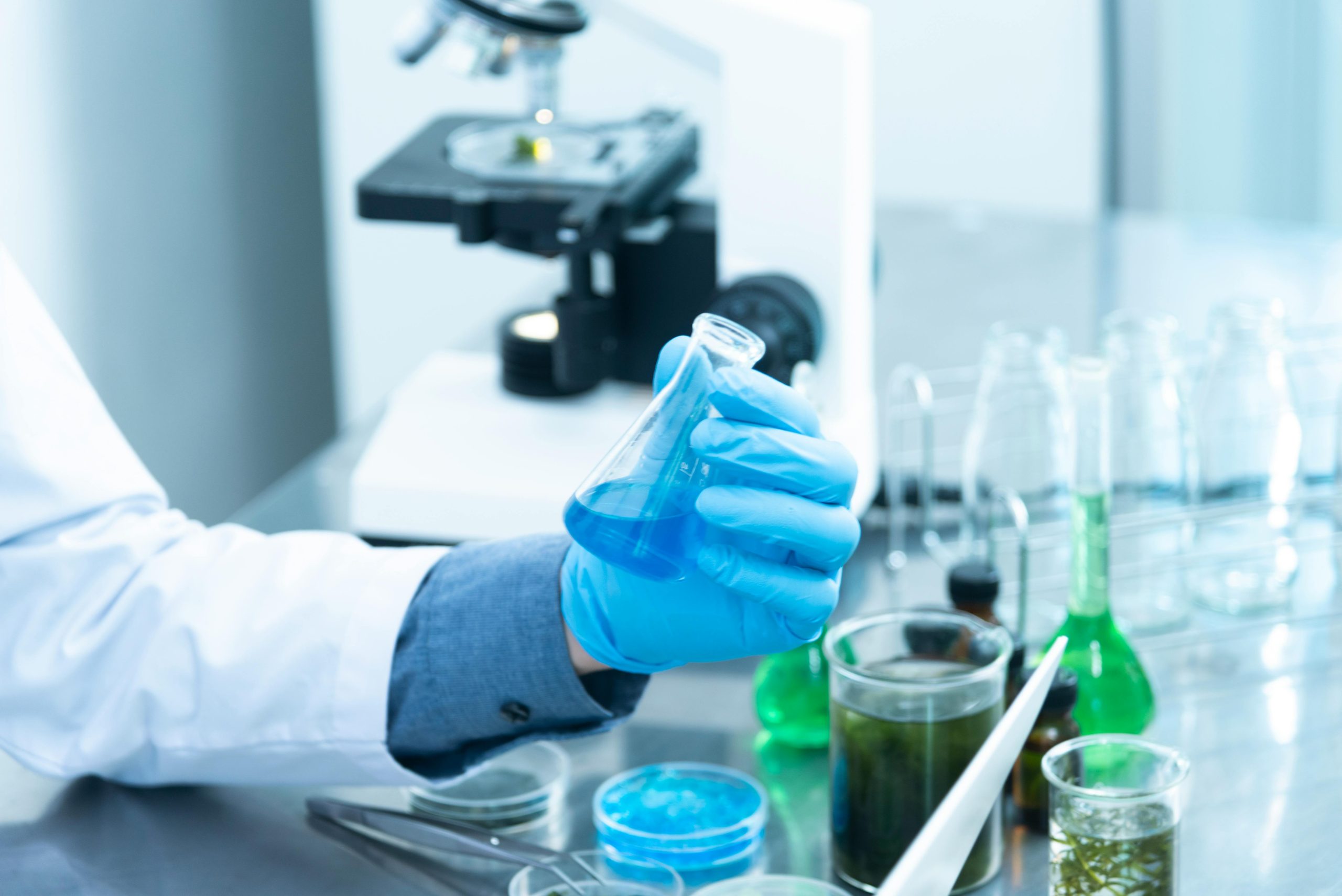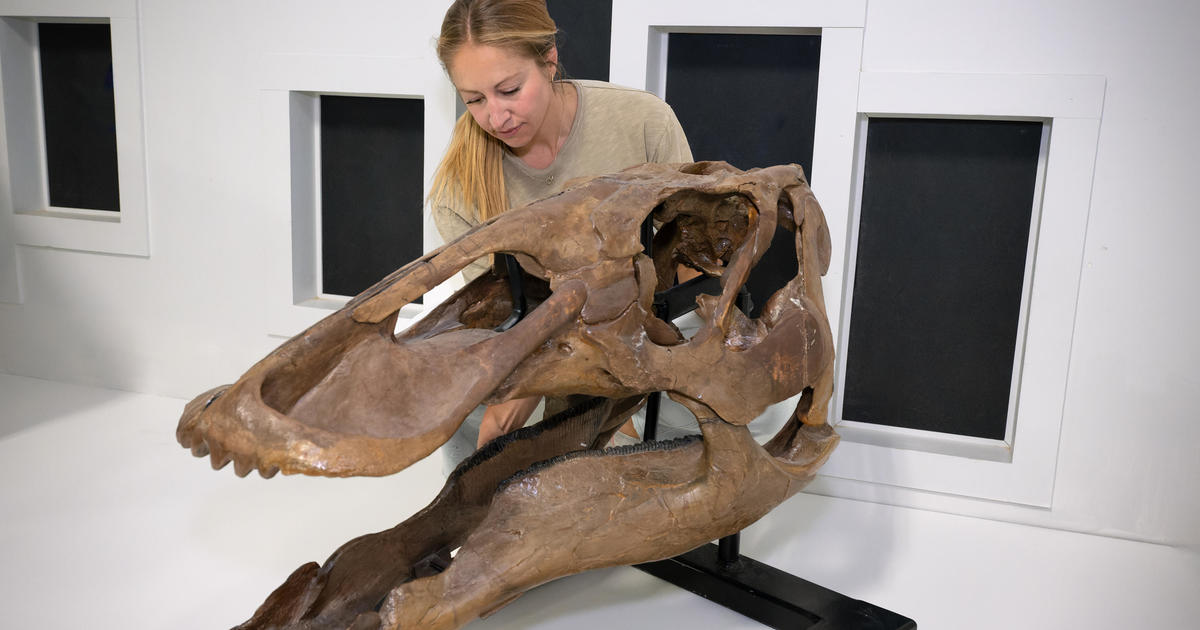
The idea that genetic problems can be treated and possibly cured through gene editing has changed modern medicine. This method uses viral vectors as a fundamental component. These viruses are genetically modified and are meant to infect cells. Contract Development and Manufacturing Organizations (CDMOs) often handle the development of these vectors, which are essential for successful gene editing.
By ensuring the safe and effective production of viral vectors, these organizations improve the potential benefits of gene therapy. However, to speed up the creation of viral vector therapy, you must understand its design and manufacturing processes.
Fundamentals of Viral Vectors
Viral vectors are engineered viruses that convey genetic material to target cells. Adenoviruses, lentiviruses, and adeno-associated viruses are some of the most widely used viral vectors. Each variety has special qualities.
For instance, adenoviruses can infect many cell types and are quite effective. But they may also trigger significant immune responses. Lentiviruses incorporate their genetic material into the host genome, making them suitable for long-term expression. AAVs are useful for various therapies because they are safe and can target non-dividing cells.
How it is designed
Effective viral vector design is a challenging process that calls for finding a balance between safety, specificity, and efficiency.
The initial step is to identify the suitable viral backbone. Next, to improve targeting and expression, genetic changes are incorporated. For example, to guarantee that the desired gene is expressed exclusively in target cells, particular promoters may be selected. Also, elements that improve vector efficiency, such as regulatory sequences and codon optimization, are included.
In vector design, safety is crucial. Viral replication-causing genes are eliminated to stop unintended replication. As a result, there is less chance that the vector will spread illness. Conformity to regulatory guidelines guarantees the safety of vectors intended for clinical application. Each design option is made after a thorough analysis of the therapeutic objectives, target cells, and safety considerations.
The Process of Manufacturing Viral Vectors
The production of viral vectors consists of multiple phases which all require precision and skills. Upstream processing begins with cell line creation. This involves engineering cells to create the viral vector. These cells are then cultivated and expanded in bioreactors under controlled conditions for optimal performance.
After that, the viral vectors are purified from the cell culture. This stage uses chromatography and filtering methods to ensure that the finished product is extremely concentrated and pure. Finally, the cleaned vector is filled and formulated such that it may be distributed and stored.
Ensuring quality is essential during the viral vector manufacturing process. Thorough testing guarantees that every viral vector batch satisfies the necessary safety and efficacy requirements. Scaling up production to satisfy clinical and commercial demands brings new problems, requiring complex bioprocessing processes.
Future Trends and Innovations
The technology surrounding viral vectors is always changing. The development of novel approaches to increase safety and effectiveness includes tissue-specific targeting, self-inactivating vectors, and non-viral delivery systems. New developments in gene editing, such as CRISPR-Cas9, require highly specialized vectors that exceed the capacity of existing production processes.
CDMOs are driving progress by investing in new technologies and developing capabilities to address the growing demand for gene treatments. Their job will be vital as the sector evolves, ensuring that innovative treatments reach patients quickly and safely.
Conclusion
Viral vectors are essential tools for gene editing because they allow therapeutic genes to be delivered into target cells. The design and production of these vectors are complex procedures that necessitate specialized expertise and technology.
CDMOs play an important role in this ecosystem by offering the expertise and infrastructure required to create high-quality viral vectors. To translate scientific findings into medicines that can save lives, biotech and CDMO partnership is necessary to advance gene therapy.








